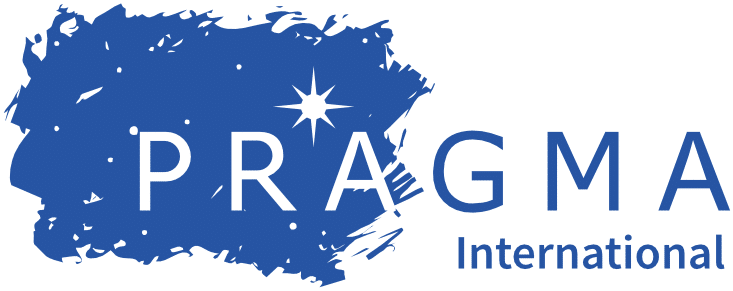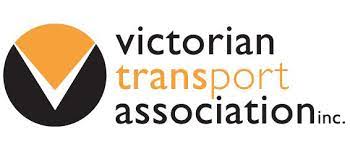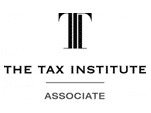Snapshot of the Federal Government’s proposed new laws to address sexual harassment and the AHRC’S governance recommendations for ASX senior leaders & investors
On 24 June 2021, the Federal Government released its Sex Discrimination and Fair Work (Respect at Work) Amendment Bill 2021 (Bill) which details proposed changes to the Fair Work Act 2009 (Cth) (FW Act), Sex Discrimination Act 1984 (Cth) (SD Act) and Australian Human Rights Commission Act 1986 (Cth).
The Bill followed the Australian Human Rights Commission’s (AHRC) Sex Discrimination Commissioner, Kate Jenkins’s June 2021 report, Equality across the board: Investing in workplaces that work for everyone, prepared in partnership with the Australian Council of Superannuation Investors (Report).
Background to the Bill and the Report
The Bill and the Report arise in the context of an earlier report by the AHRC, Respect@Work: National Inquiry into Sexual Harassment in Australian Workplaces, 2020 (Respect@Work Report), which made a series of recommendations to tackle workplace sexual harassment, including:
- Introducing a positive duty for employers to take reasonable and proportionate measures to eliminate sex discrimination, sexual harassment, and victimisation (as far as possible);
- Obligations for ASX-listed companies to publicly report on measures to address sexual harassment;
- Enabling anti-bullying orders in respect of sexual harassment; and
- Specifying that sexual harassment can constitute “serious misconduct” and therefore be a valid reason for dismissal. Implementing this recommendation would require changes to the FW Act and SD Act.
Changes Proposed by the Bill
Not all changes recommended in the Respect@Work Report have made their way into the Bill. The key changes proposed by the Bill include:
- Enabling workers to apply for Orders to Stop Workplace Sexual Harassment by extending the anti-bullying jurisdiction of the Fair Work Commission to cover sexual harassment.
- Expressly stating that a valid reason for dismissal can include sexual harassment in connection with employment.
- Extending the timeframe to bring a claim under the SD Act to 24 months after the alleged acts or omissions took place, which is an increase from the current timeframe to lodge a complaint of 6 months.
- Extending the definition of “worker” to ensure interns, volunteers and self-employed workers are protected from sexual harassment by adopting the concepts of “worker” and “persons conducting a business or undertaking” used in health and safety laws.
- Ensuring more public servants are covered by the SD Act. For example, the proposed laws will mean that State public servants, members of parliament and their workers, and judges, are captured by the SD Act.
- Clarifying that victimisation based on a worker’s complaint under the SD Act can give rise to separate civil litigation for unlawful discrimination.
Changes Proposed by the Report
The eight (8) key recommendations from the Report are outlined below.
- Demonstrating strong leadership: Boards should display leadership and commitment to preventing and responding to sexual harassment by prioritising corporate culture in board discussions, gender equality targets in strategic plans, and adopting a zero-tolerance approach to sexual harassment.
- Policies, systems, and frameworks: Best practice will be to adopt a pro-active, rather than reactive approach to addressing sexual harassment. Boards should regularly review their policies, systems, and frameworks to identify and manage sexual harassment risks.
- Board selection: When appointing or re-electing a director or senior executive, boards should undertake appropriate character checks to assess board member’s ethical and respectful conduct and commitment to gender equality initiatives.
- Investors: Investors seek information from companies about their approach to preventing and responding to sexual harassment.
- Skills enhancement and training: All directors should be skilled in preventing and responding to sexual harassment. This may include victim-centric education and training on issues such as gender, safety, and trauma, with the aim of supporting best practice governance to prevent and address sexual harassment.
- Gender diversity targets: There is a clear relationship between increasing women’s representation in companies and board leadership and gender equality policies. Gender balance on boards is proven to be an effective way of building transparency and improving engagement on sexual harassment.
- External and internal reporting: External and internal reporting can assist boards to assess their effectiveness at preventing and managing sexual harassment and build trust with investors. Reporting on sexual harassment can occur as part of reporting on social risks in line with the ASX Corporate Governance Principles.
Companies may report on sexual harassment prevalence rates, complaint data comparative to industry averages, timeframes to resolve sexual harassment complaints, avenues to complain about sexual harassment and data on the number of non-disclosure agreements reached.
What Employers Should Do Now
The Bill is currently before the Senate and, whilst no amendments have been proposed at present, it is yet to be seen whether it will be passed in its current form. We’re also waiting to see whether the ASX Corporate Governance Council will introduce sexual harassment indicators for ASX listed companies to report against under its Corporate Governance Principles and Recommendations.
Once the Bill has passed the Senate, it will be prudent for employers and board members to be proactive in assessing their compliance with laws regarding sexual harassment, and in reviewing systems, policies, and frameworks for preventing and responding to sexual harassment as this is a key workplace risk and, undoubtedly, likely to be the subject of further scrutiny.
We will provide further updates as key legislative changes and compliance obligations are announced. If you have any questions in the meantime, please don’t hesitate to contact us.
This article was written by Sapphire Parsons (Senior Associate) and Chris Gianatti (Director).








